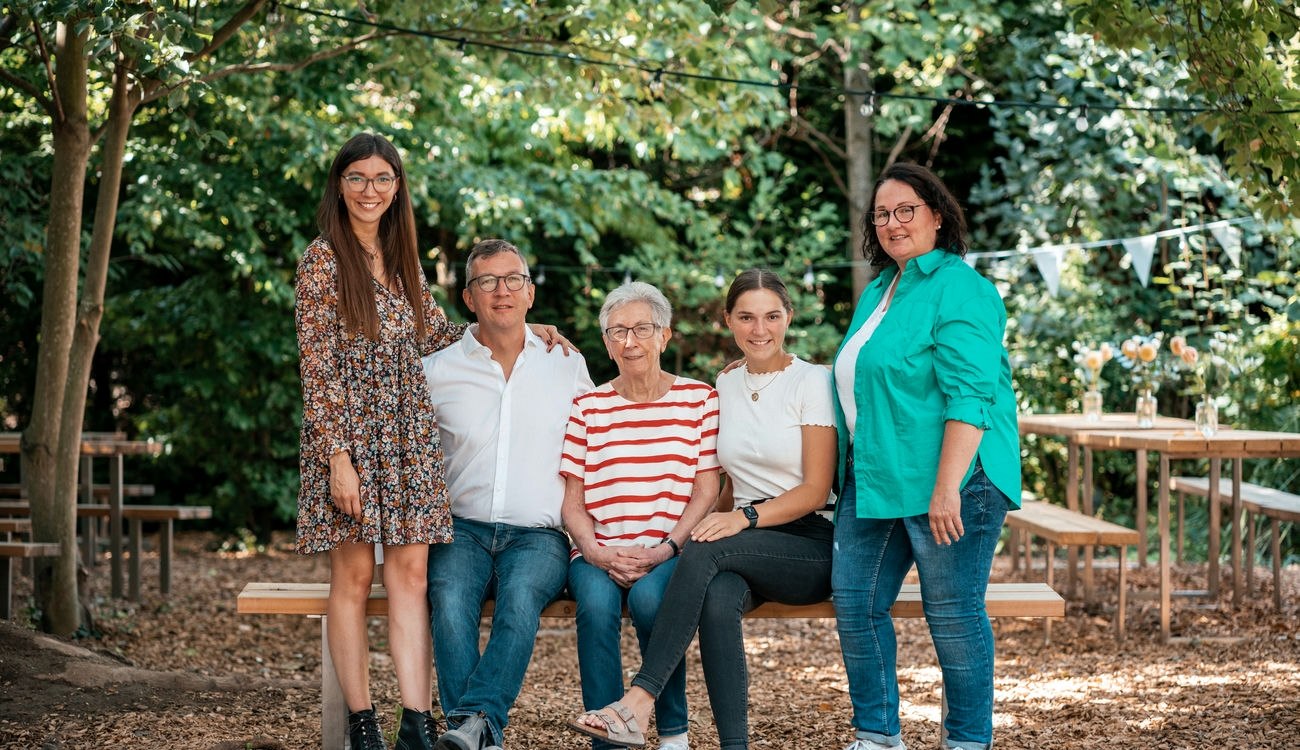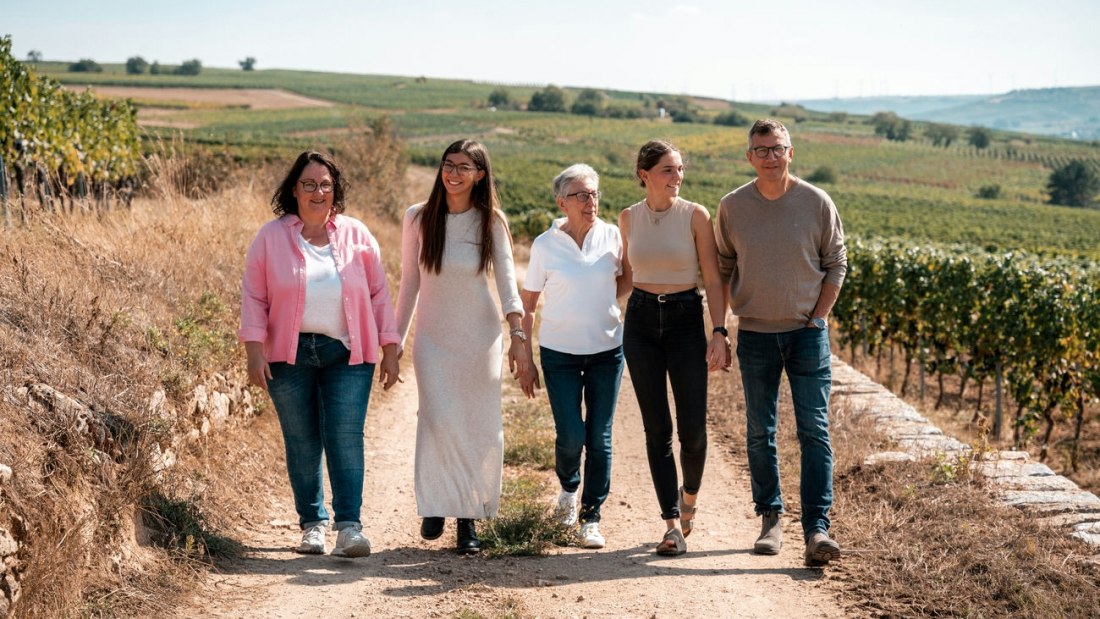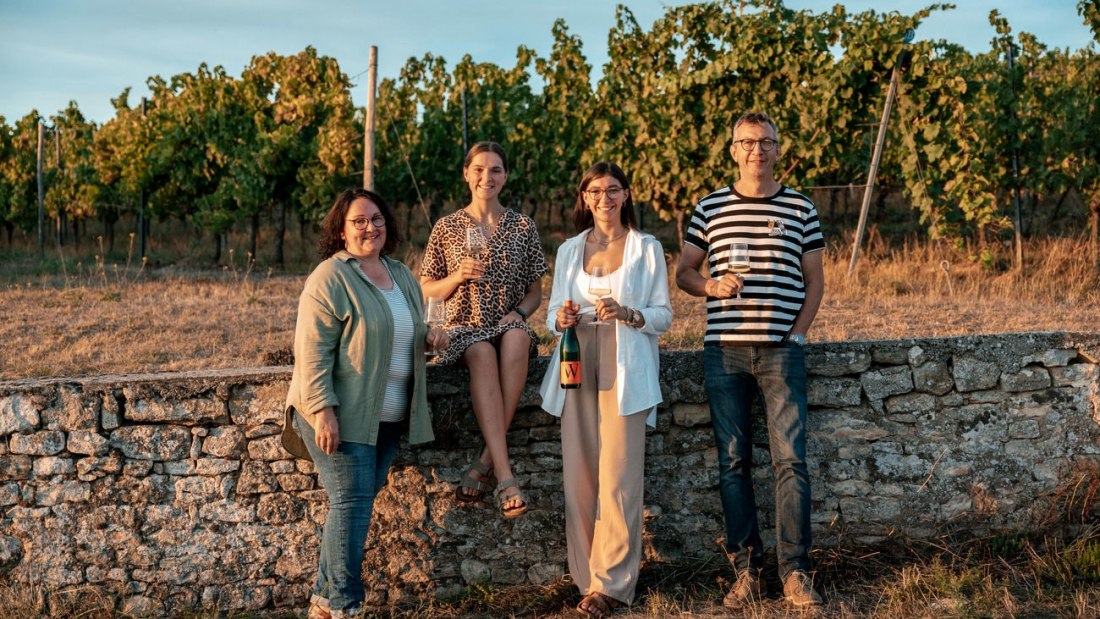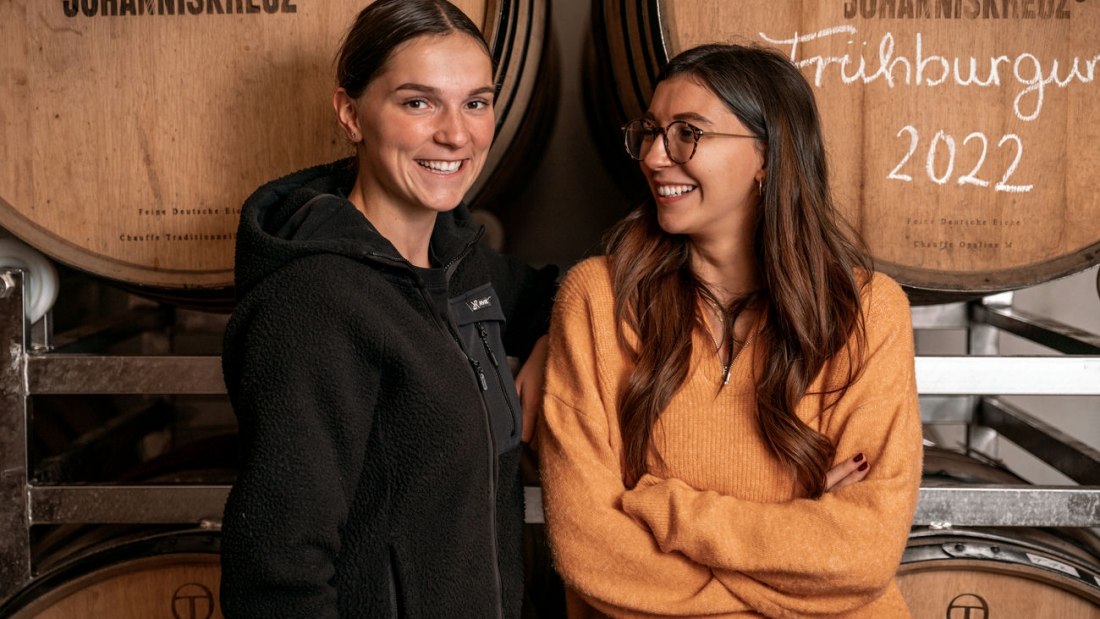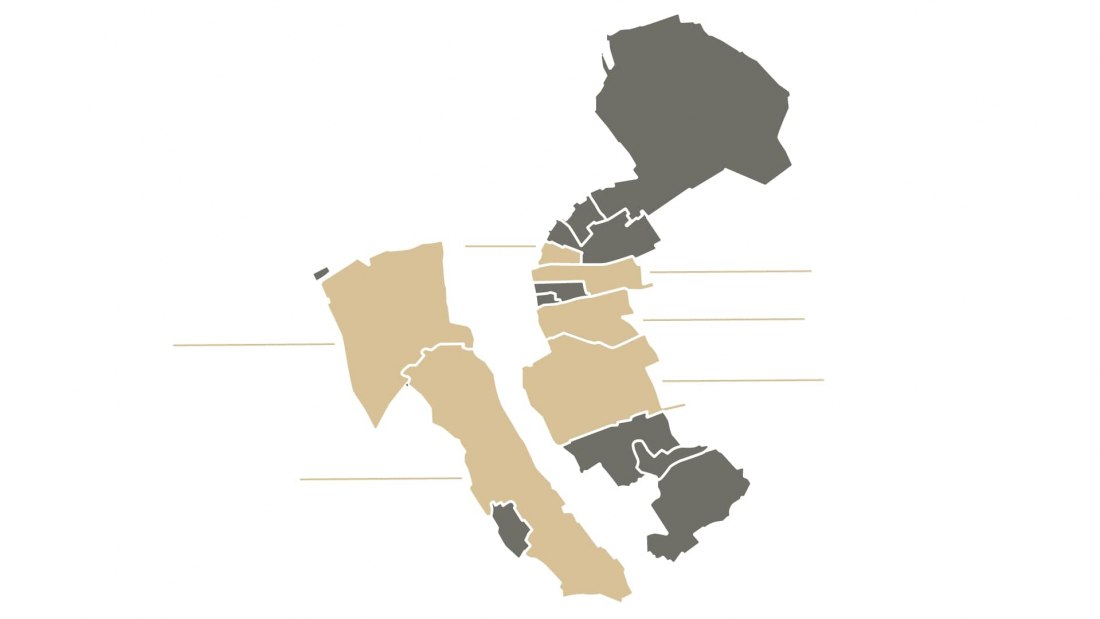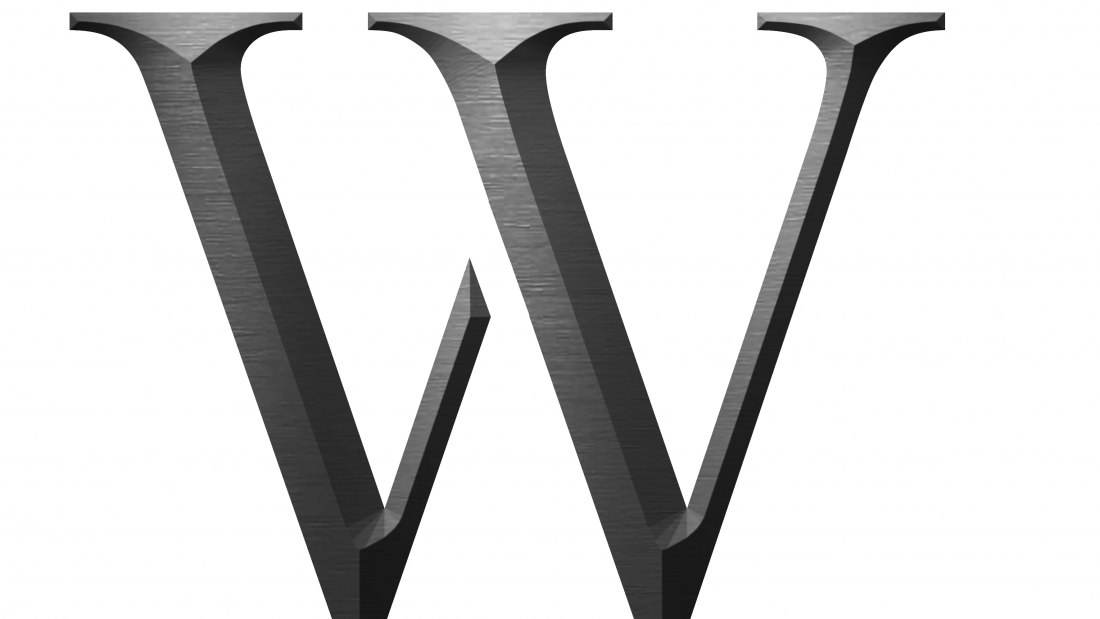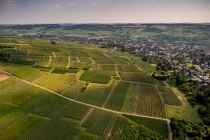Wasem winery Doppelstück
The Wasem Doppelstück winery focuses on quality, femininity, craftsmanship and, above all, sustainability. That is why the company is converting to organic viticulture by 2022. Due to the marriage of Jochen and Magda Wasem, the parents of Burkhard Wasem, the winery has not only been cultivating Ingelheim sites since 1962, but also Elsheimer soils with a distinctive soil culture. And now the new and fourth generation follows with Marie and Julia Wasem. The winery is a combination of many years of experience and young dynamism. The focus is on the cultivation of Pinot grape varieties.

